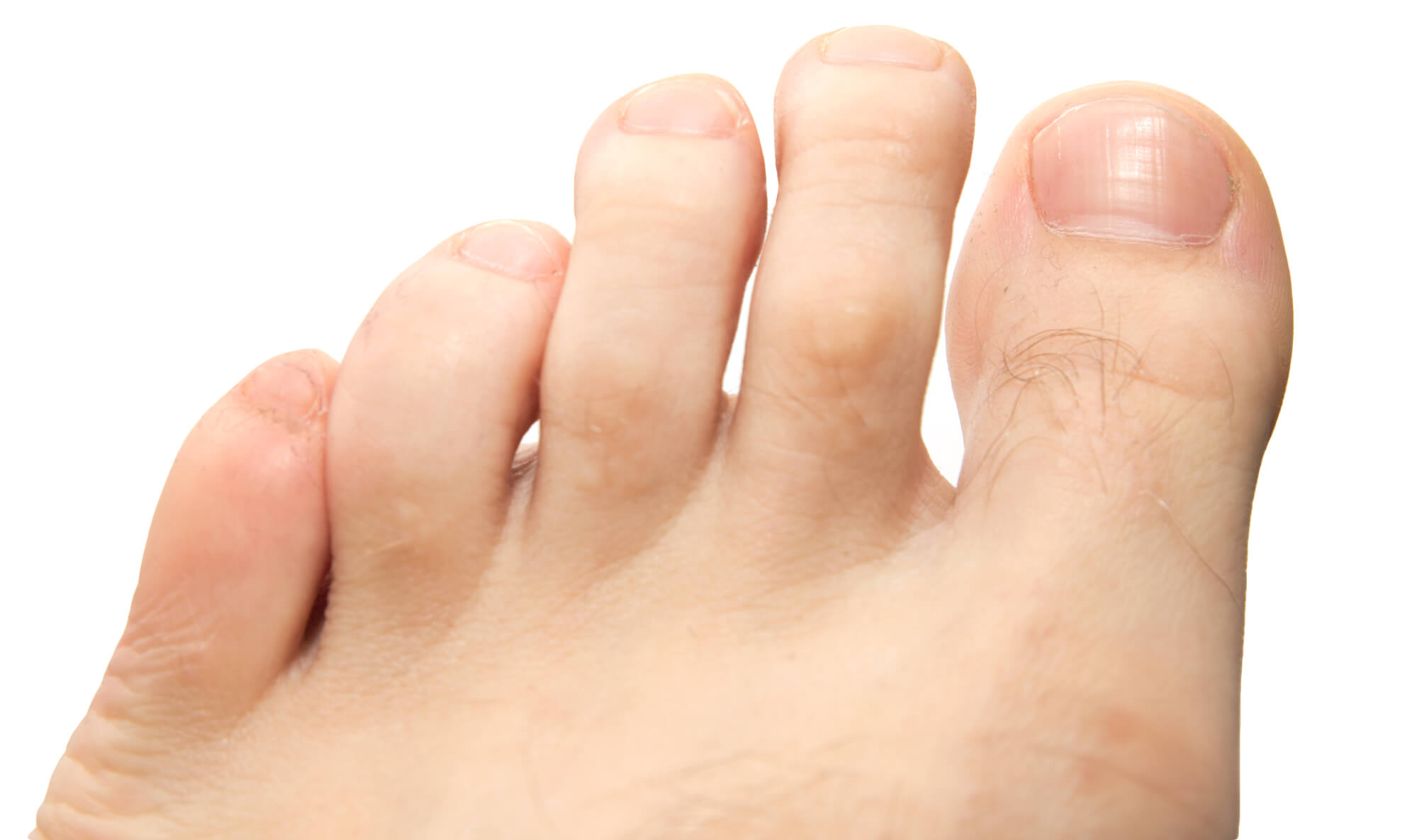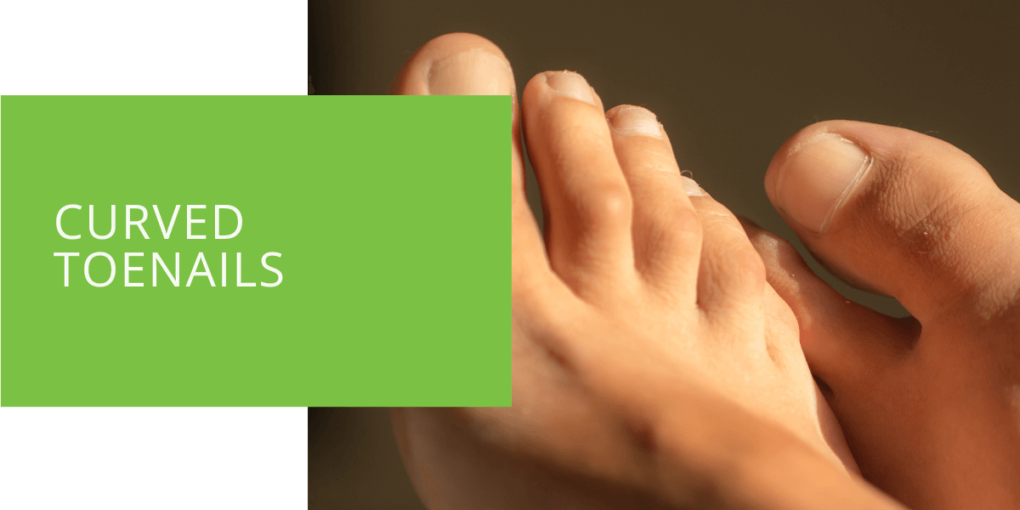Understanding Curved Toenails
Curved toenails, also known as pincer nails, can be frustrating and painful for those suffering from them. The condition occurs when the toenail grows inward, causing it to curve down and press into the toe's skin. This can lead to various symptoms, including pain, redness, and infection. If you are experiencing curved toenails, you must understand the causes, symptoms, and treatment options available. In this article, we'll take a closer look at this condition and provide expert advice from a podiatrist on managing and preventing it.
What are Curved Toenails?
Curved toenails, also known as pincer nails, occur when the toenails grow inward, causing them to curve down and press into the toe's skin. This can happen to any toenail, but it is most commonly seen on the big toe. Various factors, including genetics, trauma to the nail, or fungal infection, can cause the condition.
Causes of Curved Toenails
Various factors, including genetics, trauma to the nail, or fungal infection, can cause curved toenails. Some people are more prone to this condition due to the shape of their nail beds. Trauma to the nail can also cause it to grow in an abnormal direction. Fungal infection can also cause the toenail to thicken and curve, making it more difficult to trim and manage.
Symptoms of Curved Toenails
Symptoms of curved toenails can include pain, redness, and inflammation. The skin around the nail may become irritated and even infected. In some cases, the nail may also become thickened and discolored. It is also common for the toenail to be difficult to trim and maintain.

How to Identify if You Have Curved Toenails
To identify if you have curved toenails, look at the shape of your toenail. If the nail is growing inward and pressing into your toe's skin, you may have a curved toenail. Additionally, if you are experiencing pain, redness, or inflammation around your toenail, it's worth consulting with a podiatrist to rule out this condition.
Treatment Options
Conservative Treatment Options
Treatment for curved toenails typically begins with conservative measures. This may include changing the way you trim your nails, using over-the-counter pain relievers, and soaking your foot in warm water to reduce inflammation. Wearing comfortable and well-fitting shoes can also help to reduce the pressure on the affected toe.
Surgical Treatment Options
In more severe cases, surgery may be required to correct the problem. Your podiatrist may recommend removing a portion of the nail or even the entire nail if it is severely ingrown. This will help to relieve pain and prevent further complications.

Prevention and Self-Care Tips
Preventing curved toenails starts with maintaining proper foot hygiene. This includes keeping your feet clean and dry and regularly inspecting your toenails for abnormal growth. Trimming your nails straight across and avoiding cutting them too short can also help to prevent curved toenails. Additionally, wearing comfortable and well-fitting shoes can help reduce the pressure on your toes and prevent the toenails from growing inwardly.
It's also important to take care of any fungal infection as soon as possible, as it can contribute to the development of curved toenails.
Conclusion
Curved toenails can be frustrating and painful, but with the right care and attention, they can be managed and prevented. By understanding the causes, symptoms, and treatment options available, you can take control of your foot health and improve the appearance of your nails. Remember always to keep your feet clean and dry, trim your nails straight across, wear comfortable and well-fitting shoes, and consult with a podiatrist if you are experiencing symptoms of curved toenails. You can have healthy and beautiful toenails with the right care and attention.
FAQ
What do curved toenails mean?
Curved toenails, also known as pincer nails, occur when the toenails grow inward, causing them to curve down and press into the toe's skin. This can happen to any toenail, but it is most commonly seen on the big toe. Various factors, including genetics, trauma to the nail, or fungal infection, can cause the condition.
Can you correct curved toenails?
Yes, curved toenails can be corrected through various treatment options. Treatment typically begins with conservative measures such as proper nail trimming and comfortable shoes, but surgery may be required to correct the problem in more severe cases.
Why do my toenails grow curved down?
Your toenails may grow curved down due to genetics, trauma to the nail, or fungal infection. It's important to consult with a podiatrist to determine the cause of your curved toenails and determine the best course of treatment.
How do you treat curled toenails?
Treatment for curled toenails typically begins with conservative measures such as proper nail trimming, over-the-counter pain relievers, and soaking your foot in warm water to reduce inflammation. Wearing comfortable and well-fitting shoes can also help to reduce the pressure on the affected toe. In more severe cases, surgery may be required to correct the problem.
How do I stop my toenails from curling inwards?
To prevent your toenails from curling inwards, maintain proper foot hygiene by keeping your feet clean and dry, trim your nails straight across and avoid cutting them too short, and wear comfortable and well-fitting shoes to reduce pressure on your toes. Additionally, if you have a fungal infection, taking care of it as soon as possible is important, as it can contribute to the development of curved toenails. Consult with a podiatrist for further advice and treatment.

